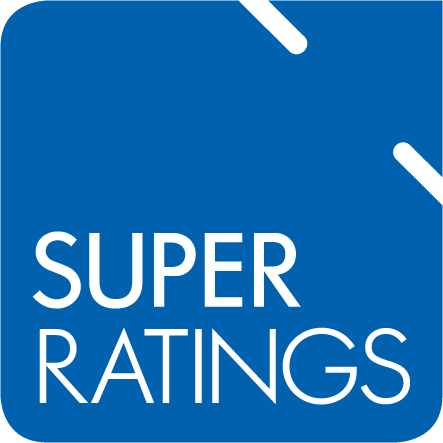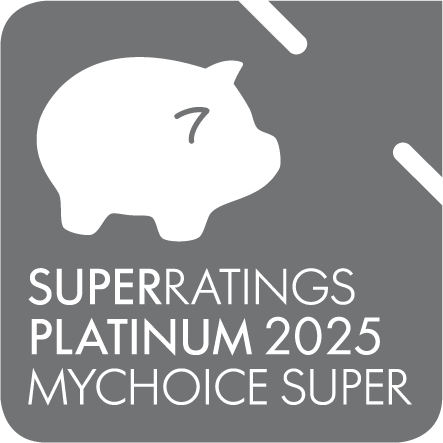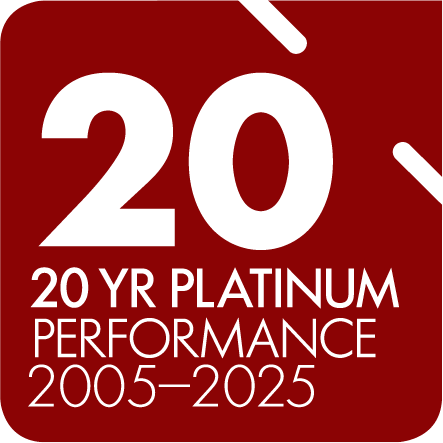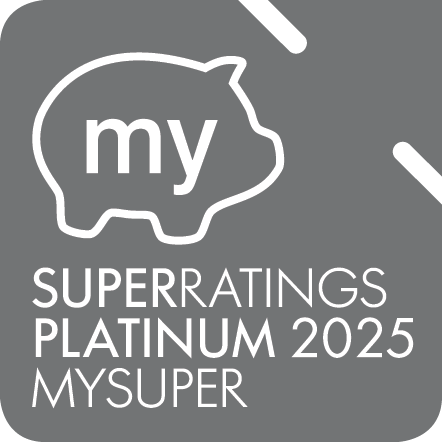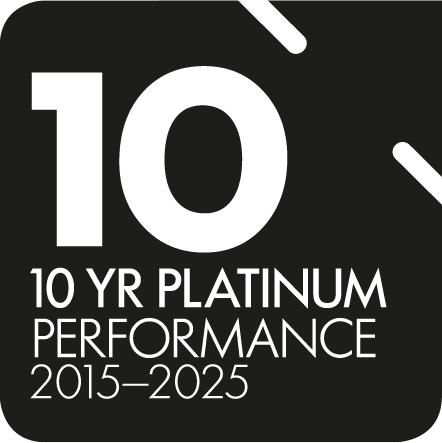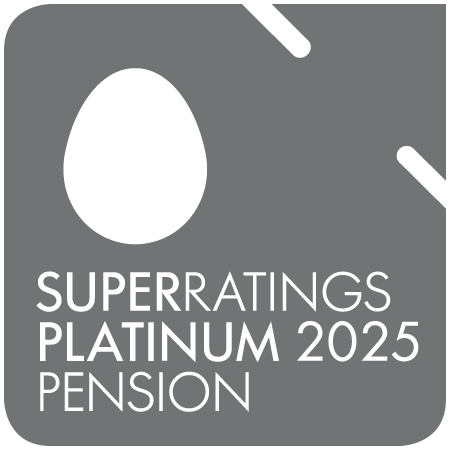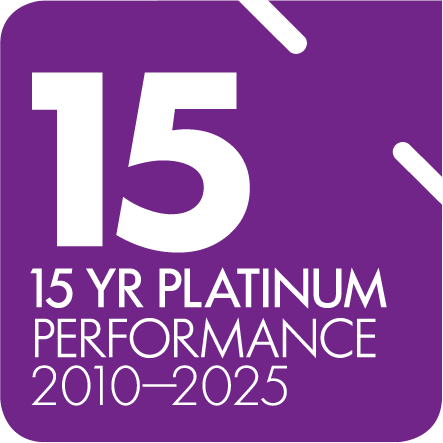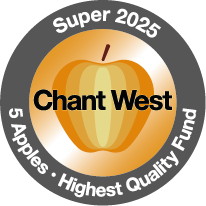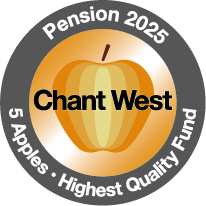Australia’s skyrocketing real estate market has had an unexpected impact on many retirees. They’ve suddenly found themselves living in million dollar homes while having to rely on a Government pension to meet their living expenses.
Downsizing the family home and shifting some of that equity into your pension fund is one way of balancing things out, and enjoying a better retirement lifestyle. But there are rules and tax implications you need to be aware of. We’ve outlined some of the basics below.
Selling the family home
From July 1 2018 you can sell the family home and contribute up to $300,000 per partner to your pension fund. So for a married couple that’s $600,000.
There are a couple of caveats to keep in mind.
- You must have owned the house for at least 10 years
- It must be your primary place of residence for at least 10 years
- You must be 60 years of age or older
- The contribution to superannuation must be made within 90 days of settlement
- The $1.6 million superannuation Pension cap still applies
That being said, you’re not required to buy another home with the proceeds of the sale (so the money can go towards rent or Aged Care instead).
Will this affect your pension?
It’s important to note that the proceeds of the sale will count towards the Federal Government’s assets and income tests, which are used to determine a person’s eligibility for the Age Pension and other benefits.
When you downsize you’ll be moving money from the family home (which is exempt from the assets test) into an assessable environment. That may mean you lose part, or all of your pension payments.
We strongly recommend you speak with a financial planning expert to understand what impact selling the family home may have on your pension payments.
Taxes and earnings
If you invest the funds from the property sale and commence a pension fund, you’ll benefit from paying no tax on the earnings and the income payments remain tax-free non-assessable income.
Proceeds from the sale of the property invested in an accumulation fund will have the earnings taxed at up to 15%, however, any withdrawals will not be subject to tax. So potentially, you could be converting a tax-free asset into a taxable asset within the superannuation environment.
In either case, you’ll need to provide your super fund with a special downsizing contribution form.
Getting the balance right
When it comes to the family home, retirement and the Age Pension everyone’s situation is different. The new rules make it easier to downsize and contribute the proceeds towards your retirement, but this may impact your Age Pension, so it’s important to find a balance that gives you the best possible income and benefits.

